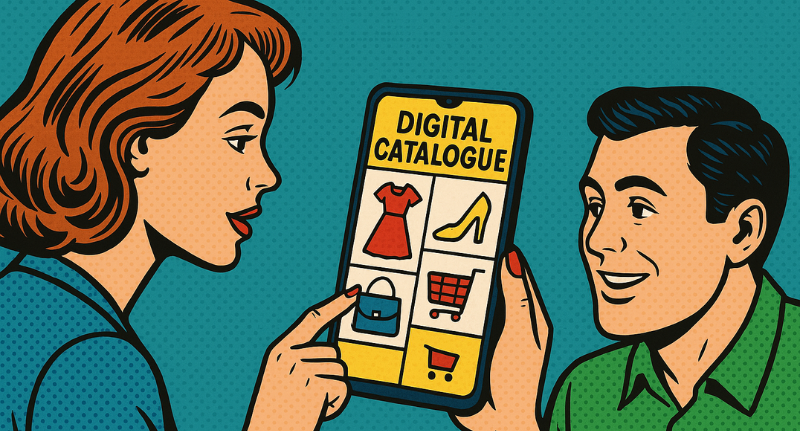It’s almost 2026, do people still go to stores? Apparently, yes.
A new research study from Shopfully and NielsenIQ reveals that Australians are still favouring in-store shopping over online, but their path to purchase is now being shaped by digital catalogues.
According to the research, which surveyed 1,000 consumers, 98% of Australians continue to shop in-store, with only 2% identifying as online-only shoppers. However, the decision-making process has evolved, with 37% of consumers using catalogues to plan shopping trips and 49% using them to decide which stores to visit.
End of print
The report highlights that print is on the verge of disappearing, with 44% of Australians preferring digital versions and 39% saying they have increased their usage in the past year.
Weekly engagement has risen by 38% since 2023, with consumers now spending an average of 9.4 minutes browsing online catalogues, more time than they spend with printed versions.
In an interview with Mediaweek, Brendan Straw, Country Manager for Shopfully Australia, said the data presents a vital opportunity for retailers to reconsider their approach to consumer engagement.
“Historically, budgets were heavily allocated to print media, mainly due to cost-driven decisions,” Straw said.
“It’s an interesting challenge, as print was always a heavy cost centre, but the data clearly shows catalogues remain critical. While the balance will vary by retailer, catalogues will continue to hold a significant portion of the marketing mix.”
But Straw also notes a clear behavioural shift in how Australians shop.
“Digital catalogues aren’t just replacing their paper predecessors; they’re directly influencing the purchasing journey,” he said.
The study shows that 71% of shoppers refer to digital catalogues when deciding what to buy, compared to 60% who use printed catalogues. Categories such as grocery, electronics, and health and beauty are leading the trend, with shoppers increasingly using catalogues to compare promotions and plan purchases.
While groceries might seem like the most engaging retail category, the highest engagement time was recorded in electronics.
“Electronics have an average engagement time of 11 minutes, compared to around eight minutes for groceries,” Straw explained.
“If you’re buying a TV or a sound system, you’ll spend more time comparing and browsing. Grocery shoppers, on the other hand, are usually comparing familiar items like Coca-Cola or pantry staples, deciding where to shop based on price or promotions.”
The magic word: AI
Straw noted that digital catalogues increasingly complement loyalty programs and retail media networks, integrating rewards and personalised offers.
“Retail media networks are starting to see catalogues as prime digital real estate. Think embedded video, banner ads, and branded placements. It’s already happening overseas, and it will come to Australia,” he told Mediaweek.
Artificial intelligence is also playing a growing role in how catalogues are delivered and optimised.
“AI already plays a major role. We’re using it to analyse huge data sets and deliver the right content to the right person at the right time,” Straw said.
“Down the track, AI will help us tailor catalogue content on a one-to-one level, showing Coke to one shopper and Pepsi to another based on preference.”
Takeaway
The report delivers a clear message: digital catalogues remain central to Australian retail.
“The purpose of this study was to reaffirm the value of catalogues. Forty-nine percent of Australians use them, and 39% use them more than before, that’s impossible to ignore,” Straw concluded.
“Every retailer’s next step is optimisation, finding the right balance between print and digital based on their audience, costs, and customer experience.”
